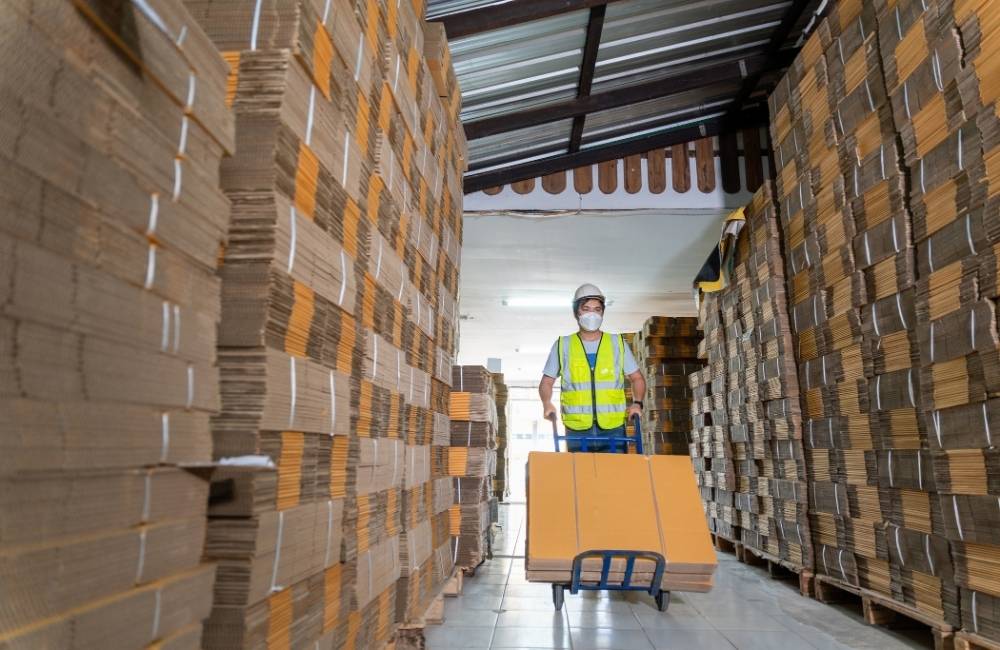Many eCommerce businesses start by handling their own shipping and storage, but as orders increase, so do the headaches. Packing boxes, managing returns, and keeping up with delivery expectations can quickly overwhelm a small team. That’s when third party logistics (3PL) providers become essential to scaling operations efficiently.
Here are five clear signs it might be time to make the switch.
Table of Contents
Key Takeaways
✔ Third party logistics helps eCommerce businesses scale by streamlining warehouse logistics distribution.
✔ High order volume, rising costs, and limited space are clear signs it’s time to outsource fulfillment.
✔ 3PLs integrate directly with eCommerce platforms for real-time syncing and automation.
✔ Reliable providers offer scalable support for peak seasons and unexpected demand spikes.
✔ Choosing the right 3PL involves evaluating tech, locations, experience, and customer service.
✔ A 3PL improves accuracy, reduces delivery times, and supports multi-channel growth.
✔ Smart outsourcing strengthens warehouse distribution logistics while boosting customer satisfaction.
1. Order Volume is Too High to Manage In-House
When sales begin to spike, fulfillment can become a daily struggle. What once felt manageable turns into missed orders, shipping delays, and frustrated customers. A growing business often reaches a point where in-house solutions just can’t keep up.
How High Order Volume Hurts In-House Fulfillment
- Slower Shipping Times: As the number of daily orders increases, it takes longer to pick, pack, and ship each one. This delay can lead to missed carrier cutoffs and unhappy customers expecting fast delivery.
- Inventory Becomes Disorganized: A surge in sales can quickly overwhelm a basic storage system, especially when tracking is done manually or with outdated tools. Misplaced products and inaccurate stock levels lead to fulfillment errors and lost sales.
- Staff Burnout and Turnover: Handling peak order loads without enough support stretches teams too thin. Over time, this pressure leads to burnout, high turnover, and costly mistakes in warehouse distribution logistics.
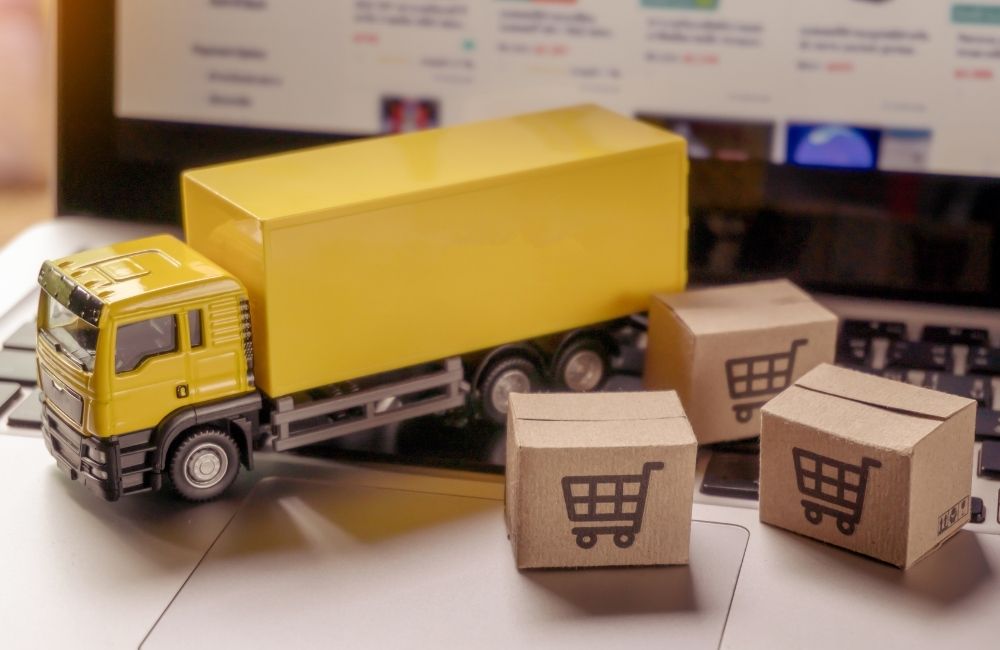
2. Shipping Costs are Cutting Into Profit
Rising shipping costs can quietly eat away at margins as a business grows. Carriers often charge more for certain zones, and small businesses typically lack the volume to negotiate better rates. Without the right infrastructure, it becomes difficult to absorb or offset these costs.
How Shipping Costs Can Spiral Without Help
- Lack of Carrier Discounts: Third party logistics providers often negotiate bulk shipping rates based on their overall volume. Without access to these discounted rates, a business ends up paying full price for every shipment—hurting long-term profitability in warehouse logistics distribution.
- Inefficient Shipping Zones: Shipping everything from a single location adds distance and cost to many orders. A 3PL with multiple warehouses across regions can shorten delivery routes and reduce the need for costly expedited shipping.
- No Rate Shopping Tools: Managing carriers manually makes it hard to compare real-time prices across different services. 3PL systems often include smart rate-shopping features that automatically choose the most cost-effective carrier for each order, streamlining warehouse distribution logistics while saving money.
3. Returns are Difficult to Track and Process
Returns are a natural part of online retail—but they become a major burden without the right systems. Manually handling reverse logistics leads to slow refunds, lost items, and damaged customer trust. Businesses that scale without return automation often run into serious workflow issues.
How Returns Can Disrupt Operations
- No Clear Workflow: Without a structured returns process, items come back without tracking, leading to confusion. Returned products pile up, and teams lose time trying to identify orders and update inventory.
- Lost Revenue from Poor Restocking: Returned items often sit untouched for days, even when they’re in perfect condition. This delay keeps products out of circulation and hurts cash flow, weakening overall warehouse logistics distribution efficiency.
- Customer Service Takes a Hit: Long wait times for refunds or exchanges lead to negative reviews and lost future sales. A 3PL provider streamlines reverse warehouse distribution logistics, offering faster restocking and automated customer updates.
4. Storage Space is Running Out
As inventory expands, physical storage becomes harder to manage. Overflowing shelves, cluttered packing stations, and offsite units can make everyday fulfillment stressful. Limited space creates roadblocks that slow down operations and increase the risk of costly errors.
How Running Out of Room Hurts Fulfillment
- Reduced Picking Accuracy: A crowded or disorganized space makes it difficult for staff to find items quickly. This increases the risk of sending wrong products, which adds time and costs to warehouse distribution logistics.
- Inability to Scale Inventory: Businesses often limit how much stock they order due to space constraints. This forces them to reorder frequently, pay higher supplier fees, and risk running out of high-demand products.
- Added Costs for Overflow Storage: Renting extra storage units or temporary warehouse space can get expensive fast. A 3PL partner with ample and scalable warehouse logistics distribution capacity helps avoid these recurring costs while supporting inventory growth.
5. Business is Expanding Into New Markets
When growth leads to serving customers in new regions, fulfillment gets more complex. Longer shipping times, different tax rules, and unpredictable delivery costs can quickly become overwhelming. Expanding without strong logistics support often leads to missed opportunities and rising customer complaints.
How Market Expansion Challenges Internal Systems
- Slower Delivery to Distant Areas: Shipping from a single, centralized location creates delays for customers further away. A 3PL with nationwide or international fulfillment centers can improve speed and lower costs in warehouse distribution logistics.
- Complex Compliance and Tax Requirements: Different states or countries may have unique shipping regulations, taxes, or duties. Handling these details internally can drain resources and lead to errors that slow down warehouse logistics distribution.
How Third Party Logistics Connects With eCommerce Platforms
In 2025, retail e-commerce sales are estimated to exceed 4.3 trillion U.S. dollars worldwide, making efficient fulfillment more critical than ever. Third party logistics providers integrate directly with the tools eCommerce businesses rely on, streamlining order management, inventory syncing, and customer communication.
1. Real-Time Order Syncing With Online Stores
Most 3PLs connect directly with platforms like Shopify, BigCommerce, and WooCommerce through built-in apps or APIs. When a customer places an order, the data flows instantly to the 3PL’s system for immediate processing. This seamless sync helps avoid delays and errors in warehouse distribution logistics.
2. Automated Inventory Updates Across Channels
As items are picked, packed, and shipped, the 3PL’s system updates inventory levels across all linked platforms. This prevents overselling and keeps listings accurate whether a business sells on one store or multiple marketplaces. It also improves transparency and helps streamline warehouse logistics distribution for better planning.
3. Direct Integration With Marketplaces Like Amazon and Walmart
3PLs often support integration with major marketplaces including Amazon, Walmart Marketplace, and eBay. These connections ensure that orders are routed correctly, tracking info is sent back to the platform, and service level requirements are met. With faster and more reliable warehouse distribution logistics, businesses can maintain seller performance scores and avoid penalties.
4. Built-In Shipping Label and Carrier Management
Through platform integrations, 3PLs can generate carrier-compliant shipping labels automatically. The system selects the best carrier based on service level and price, reducing manual work and shipping costs. This efficiency strengthens warehouse logistics distribution while improving the customer delivery experience.
5. Centralized Dashboard for Multi-Channel Fulfillment
A modern 3PL offers a centralized dashboard where businesses can monitor orders, returns, and inventory from all connected sales channels. This simplifies decision-making and gives real-time insights into warehouse distribution logistics performance. With one login, teams can track everything without bouncing between systems.
6. Automatic Tracking Updates and Customer Notifications
Once an order ships, the 3PL system pushes tracking numbers back to the original sales channel. Customers receive updates automatically, without the business needing to send them manually. This integration reduces service inquiries and adds visibility to the warehouse logistics distribution process.
7. Seamless Returns Management Integration
Many 3PLs integrate with eCommerce return portals, allowing customers to initiate returns directly from the storefront. These systems sync with the 3PL’s warehouse to manage restocking and refunds automatically. This integration improves the reverse logistics side of warehouse distribution and enhances the post-purchase experience.
8. API Access for Custom Workflows
Advanced 3PLs offer API access for businesses that require tailored solutions beyond standard platform integrations. This allows for custom workflows—like bundling, special promotions, or B2B logic—to be automated within the fulfillment process. The result is a more flexible and scalable warehouse logistics distribution model that adapts to unique business needs.

How 3PLs Handle Peak Seasons and Sudden Spikes in Demand
When the holiday rush hits or a flash sale takes off, order volume can triple overnight. Without the right support, fulfillment teams quickly fall behind, leading to late deliveries and unhappy customers.
With the global warehousing market size reaching USD 1.01 trillion in 2023, third party logistics providers are rising to meet this demand, using built-in systems that stabilize warehouse logistics distribution and protect a business’s reputation.
1. Scalable Warehouse Staffing During High Volume Periods
Most 3PLs staff up in advance of peak seasons, hiring trained temporary workers to meet increased demand. This ensures pick-and-pack operations stay on schedule, even when orders surge. It helps prevent bottlenecks and keeps warehouse distribution logistics running at full speed.
2. Dynamic Slotting and Optimized Inventory Layouts
To speed up fulfillment, 3PLs reorganize warehouse shelves so that fast-moving items are stored closer to packing stations. This small adjustment significantly reduces time per order during high-volume periods. It’s a smart way to fine-tune warehouse logistics distribution when every second counts.
3. Real-Time Order Prioritization Systems
Modern 3PLs use software that flags urgent orders and pushes them to the front of the queue. This allows express or VIP orders to ship ahead of standard ones, without manual sorting. The result is more reliable warehouse logistics distribution under pressure.
4. Overflow Storage and Flexible Capacity Planning
Some 3PLs offer extra warehouse space or off-site storage that can be activated when inventory levels spike. This buffer prevents overcrowding and allows for early shipments ahead of seasonal surges. A flexible footprint supports smooth warehouse distribution logistics even during unexpected growth.
5. Automated Tracking and Customer Updates at Scale
During peak season, customer inquiries about order status can overwhelm support teams. 3PL systems automatically send tracking numbers and updates as each order ships, reducing inbox traffic. This automation strengthens warehouse logistics distribution visibility while improving the customer experience.
6. Pre-Season Forecasting and Collaborative Planning
Experienced 3PLs work with businesses weeks or even months ahead of high-volume periods to review sales forecasts and adjust fulfillment strategies. This preparation ensures the right staff, space, and systems are in place. Proactive planning is essential for dependable warehouse logistics distribution during critical sales windows.
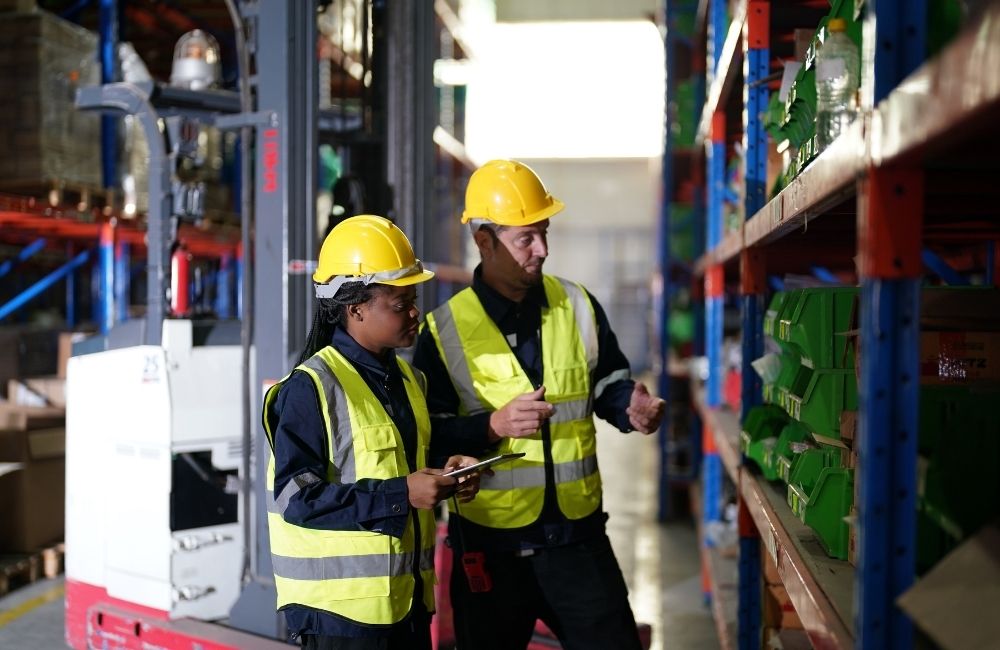
Choosing the Right Third Party Logistics Provider
Not all 3PLs are built the same. The right partner in New York, NY, should do more than ship boxes—it should help a business grow, improve delivery speed, and optimize operations. A thoughtful selection process can make all the difference in long-term success and smooth warehouse logistics distribution.
1. Evaluate Technology and Integrations
A good 3PL should connect easily with major eCommerce platforms and marketplaces. Look for providers that offer real-time inventory syncing, order tracking, and analytics dashboards. These tools support reliable warehouse distribution logistics by keeping data accurate and accessible.
2. Review Warehouse Locations and Coverage
Location matters when it comes to shipping speed and cost. A 3PL with multiple warehouses in strategic regions can reduce transit times and lower shipping fees. This geographic flexibility improves the efficiency of warehouse logistics distribution as the business scales.
3. Check Track Record With Similar Businesses
Industry experience helps a 3PL understand specific challenges and seasonal demands. A provider that has worked with similar product types or order volumes can offer tailored solutions. This leads to smoother warehouse distribution logistics and fewer surprises during busy periods.
4. Understand Scalability and Flexibility
As order volume increases, the 3PL should be able to grow with the business. Ask how they handle sudden spikes, new product lines, or expanded SKUs. Scalable partners ensure that warehouse logistics distribution remains smooth even as needs evolve.
5. Ask About Returns and Reverse Logistics
Returns can complicate fulfillment, so it’s important to ask how a 3PL manages them. Look for clear workflows, automated updates, and quick restocking processes. A strong return system adds value to warehouse distribution logistics by keeping inventory accurate and customers satisfied.
6. Consider Communication and Support Structure
Responsive support teams can quickly solve issues before they affect orders. A 3PL should offer dedicated contacts, transparent reporting, and proactive updates during peak seasons. Good communication is the backbone of dependable warehouse logistics distribution every day of the year.
7. Assess Security and Compliance Standards
A reliable 3PL should follow strict security protocols and maintain compliance with industry regulations, including data protection, inventory handling, and shipping certifications. Strong compliance ensures smoother warehouse logistics distribution while protecting both the business and its customers from liability or disruption.
8. Examine Customization and Value-Added Services
Some 3PLs offer kitting, custom packaging, subscription box assembly, or branded inserts. These value-added services enhance the customer experience and streamline fulfillment operations. Choosing a provider that supports customization can give your warehouse distribution logistics a competitive edge.
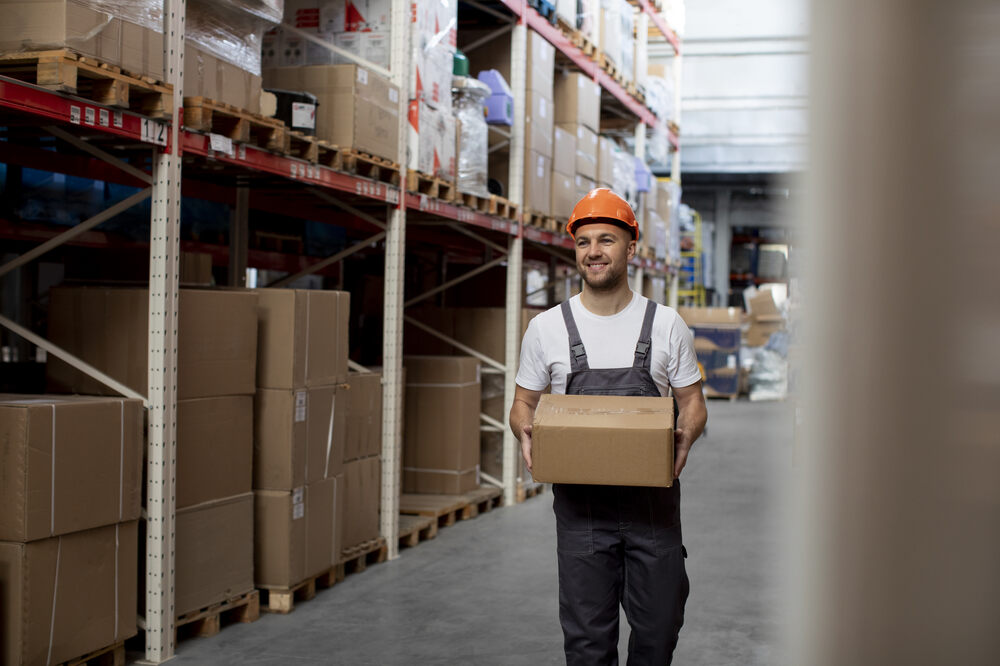
Frequently Asked Questions (FAQs)
What types of products can a third party logistics provider handle?
Most 3PLs can handle a wide range of products, from apparel and electronics to health and beauty items. However, businesses should confirm whether the provider has experience with fragile, oversized, or regulated goods. The right partner will tailor warehouse distribution logistics to meet the storage and shipping needs of specific product types.
Can a 3PL help with international shipping and customs clearance?
Yes, many 3PL providers offer international fulfillment services, including customs paperwork and regulatory compliance. They manage duties, taxes, and carrier coordination to ensure smooth cross-border delivery. This level of support enhances warehouse logistics distribution for global markets.
How do third party logistics providers ensure order accuracy?
3PLs use barcode scanning, automated picking systems, and quality control checks to reduce errors. Some providers also allow businesses to monitor fulfillment data in real time. These measures improve the reliability of warehouse logistics distribution and boost customer satisfaction.
Is there a minimum monthly order volume required to use a 3PL?
Requirements vary by provider—some work with startups, while others prefer high-volume clients. It’s important to ask about minimums upfront to avoid hidden fees or service gaps. Finding the right fit ensures efficient warehouse distribution logistics regardless of business size.
Can a business keep partial fulfillment in-house while using a 3PL?
Yes, many businesses use a hybrid model—fulfilling some orders internally while outsourcing the rest to a 3PL. This setup offers flexibility while still benefiting from professional warehouse logistics distribution. It’s especially useful for testing a provider before fully transitioning.
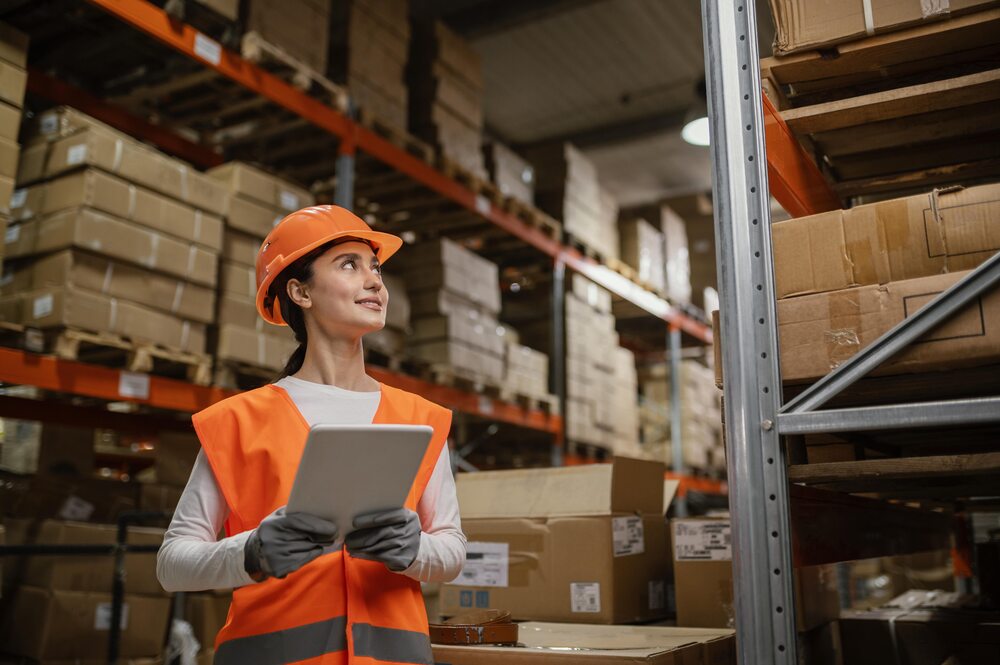
Power Up Fulfillment with 3PL Warehouse By Best Today!
3PL Warehouse By Best helps eCommerce brands in New York, NY, streamline their operations with reliable, tech-driven fulfillment solutions. From fast shipping to flexible inventory storage, our team handles every detail of warehouse logistics distribution so businesses can focus on growth. Whether scaling up for peak season or expanding into new markets, 3PL Warehouse By Best delivers dependable, cost-effective warehouse distribution logistics.

